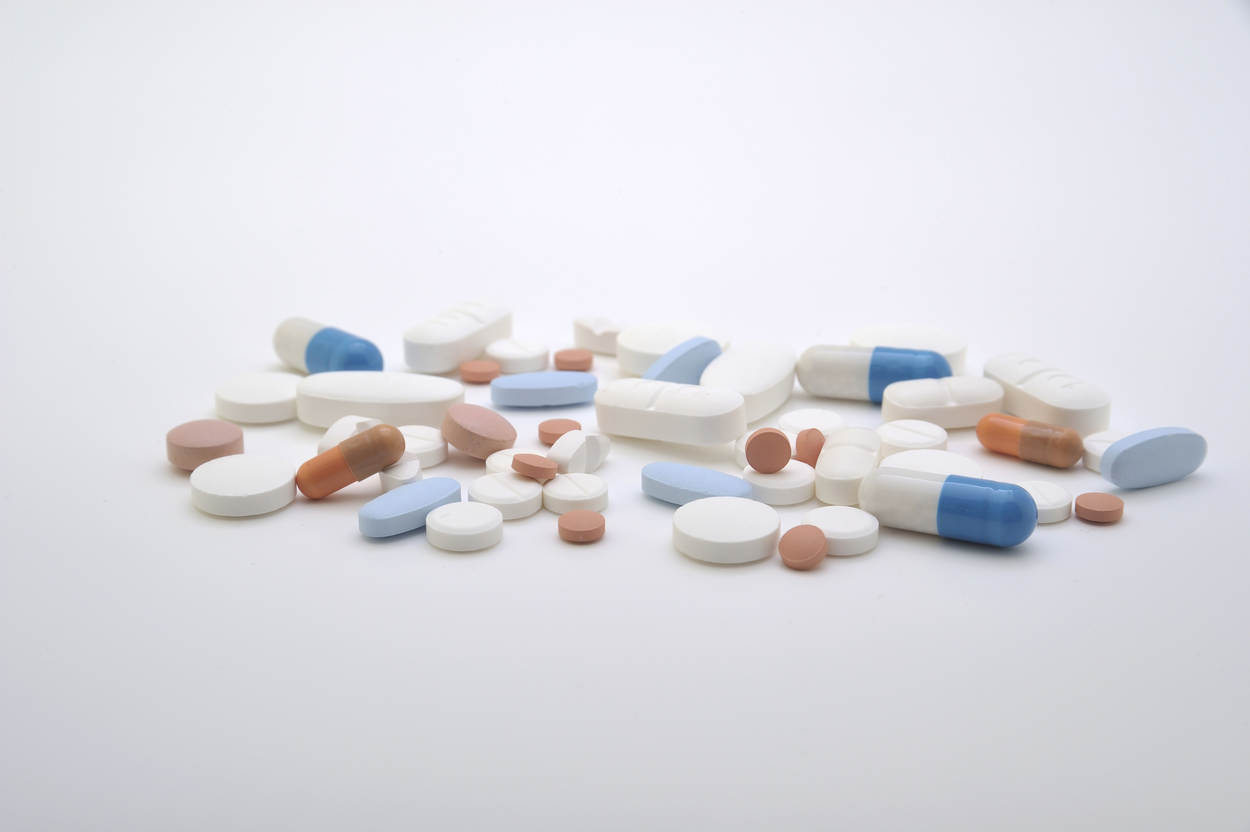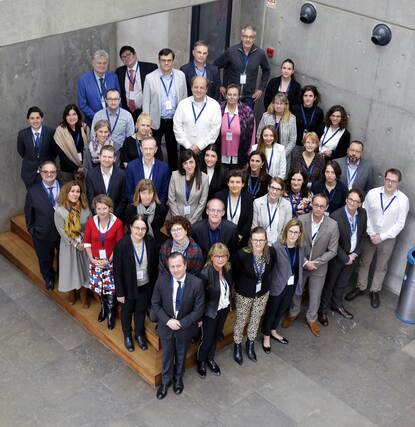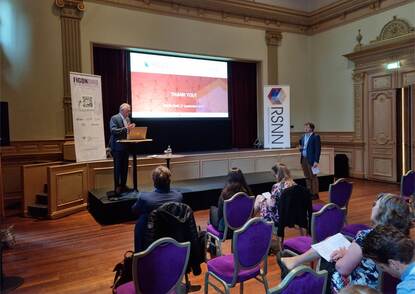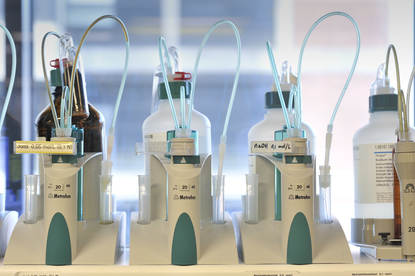We are delighted to announce that Renske ten Ham and Lotte Minnema have successfully defended their PhD thesis in June 2021. We congratulate both of them! For this Regulatory Science Magazine we asked them both several questions about the research they conducted.
Renske ten Ham is trained as a pharmacist and also has an MSc in health technology assessment (HTA). Over the years she conducted research at the University of California, (San Francisco, USA), and University of York (York, UK), and closely collaborated with the Dutch Medicines Evaluation Board (CBG-MEB) and National Healthcare Institute (Zorginstituut Nederland).
She now works as an assistant professor at the UMC Utrecht and specializes in health economics & HTA of gene and cell-based products. She will continue the research focusing on cost, reimbursement and economic evaluations of gene and cell-based therapies.
Thesis highlight: Renske ten Ham
Renske ten Ham has successfully defended her PhD thesis at Utrecht University titled: “Development, Market Authorization and Market Access of Gene and Cell-Based Therapies.”
Her supervisors were Prof. Dr. Olaf Klungel (Utrecht University (UU)), Prof. Dr. Bert Leufkens (UU), Dr. Jarno Hoekman (UU) and Dr. Geert Frederix (UMC Utrecht). You can find the thesis here.

What is the most important message from your research?
This thesis demonstrated that new product characteristics of Gene and Cell-Based Therapies (GCTs) do not fit particularly well within established development, regulatory and HTA-frameworks for conventional medicinal products. Novel GCT characteristics ask for redesign of established medicinal product handling, manufacturing and quality assurance which is accompanied by increased development cost and higher risk. The novelties also require capability building in interaction between developers demonstrating and authorities assessing product quality, safety, and efficacy. The novel characteristics seemed to affect the health technology assessment (HTA) to a lesser extent. However, the intended curative effects, originating from new mechanisms of action, and higher target prices continue to raise concerns amongst payers and HTA-bodies on how to address budget impact and affordability as more GCTs reach late clinical development.
The work provides a cross section of (early) development challenges of GCTs and how they affect down-stream development spanning manufacturing to reimbursement. The thesis describes empirical findings from a systems and developer perspective. It also provides cost and cost-effectiveness tools and methods to classify challenges and considerations in HTA to accommodate timely, safe, and sustainable patient access. This research, therefore, contributes to better understanding of the fit between these transformative therapies and existing development, regulatory and HTA-frameworks, which is not only relevant for GCTs but also for future biomedical innovations.
What is the impact of your research for the MEB?
The research conducted in this thesis shows that regulatory change was needed to adopt to new evidentiary requirements necessary to demonstrate and assess quality, safety and efficacy of GCTs. Developers have started to benefit from clarity provided by European regulators.
However, continued efforts are needed to align national provisions and provide similar clarity on a Member State level. Continued efforts are also needed to assess impact of modified evidentiary requirements in market authorization on downstream decision makers (e.g., HTA-bodies). The impact of, for example, acceptance of market authorization applications based on less evidence (such as a single Phase I/II clinical trial) in expedited pathways have shown to considerably increase uncertainties. Additionally, other regulatory activities such as availability of regulator imposed post-approval studies have been described to impact, and in some cases, even alter outcomes of relative effectiveness assessments. Therefore, I opt for regulatory changes to be accompanied with a downstream impact assessment.
Given continued scientific advances, biomedical innovations will continue to emerge and progress toward clinical application. The ability and extent to which an organization can adapt to embrace a new technology can be described as institutional learning and institutional readiness. Internalizing organizational learning to increase institutional readiness, amongst developers as well authorities, will help accommodate translation of future biomedical innovations.

Lotte Minnema started her career as a pharmacovigilance assessor at the Medicines Evaluation Board (MEB), after successfully obtaining a Master’s degree in Pharmacy at Utrecht University, in 2016. She combined working for the MEB with a PhD programme at the division of Pharmacoepidemiology and Clinical Pharmacology of Utrecht University. The MEB is delighted that after her PhD she will continue working at the MEB as a pharmacovigilance assessor.
Thesis highlight: Lotte Minnema
Lotte Minnema has successfully defended her PhD Thesis at Utrecht University: “Post-marketing safety learning for biologicals: regulatory and clinical insights.”
Her supervisors were Prof. Dr. Bert Leufkens (Utrecht University (UU)), Prof. Dr. Toine Egberts (UU), Dr. Helga Gardarsdottir (UU), and Dr. Thijs Giezen (MEB/Spaarne Gasthuis). You can find her thesis right here.

What is the most important message from your research?
Specific challenges are posed by biologicals to post-marketing safety learning that include for example the difference in nature of adverse drug reactions from those known for small molecules and the complexity of the mechanism of action. Several of these challenges were previously addressed by research that was conducted under the umbrella of the regulatory science collaboration between the MEB and Utrecht University. Within my thesis, we have provided further insights in post-marketing safety learning for biologicals with a specific focus on the characterization of specific safety issues, dynamics in post-marketing safety learning, and safety information from regulatory and clinical sources. We, for example, evaluated the overlap in adverse drug reactions described in the product information of products with the same mechanism of action, studied thyroid disorders associated with PD-1/PD-L1 inhibitors using data from the University Medical Center Utrecht, and compared adverse events related to biologicals used for patients with multiple sclerosis described in the European Public Assessment Reports and scientific publications.
What is the impact of your research for the MEB?
Regulatory authorities, including the MEB, can play an important role in different aspects that were addressed within my thesis. First, we concluded that post-marketing safety learning among drugs with commonalities in the mechanism of action could be optimized in order to improve provision of safety information for healthcare professionals and patients. For this, potential class effects should be assessed at different points in the drug’s life-cycle, which can be facilitated by the regulatory authorities. Also, we showed that there is room for improvement in the standardization of classifying adverse drug reactions, which is of importance for the comparability of safety information and the exchange of information between different stakeholders. Since regulatory authorities advice on the conduct of the clinical trials in an early stage, they can include an assessment of the classifications of adverse drug reactions, thereby assuring a more harmonized classification of the adverse drug reactions.











